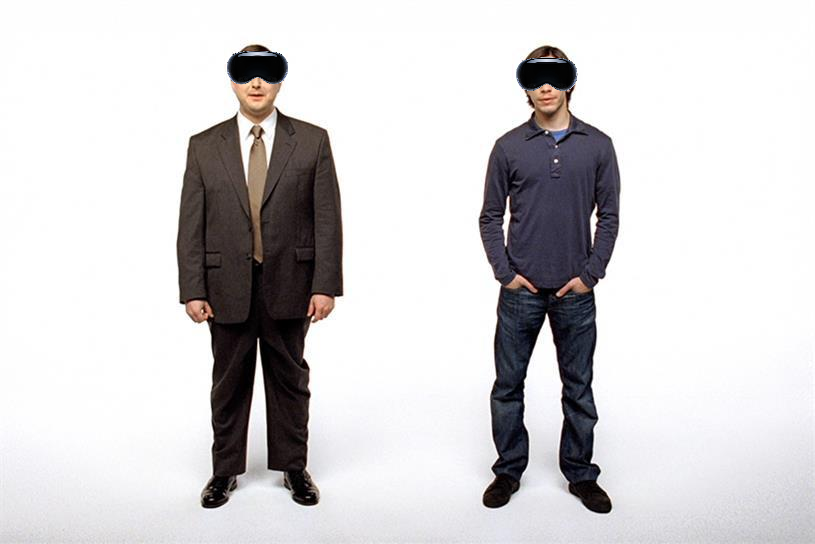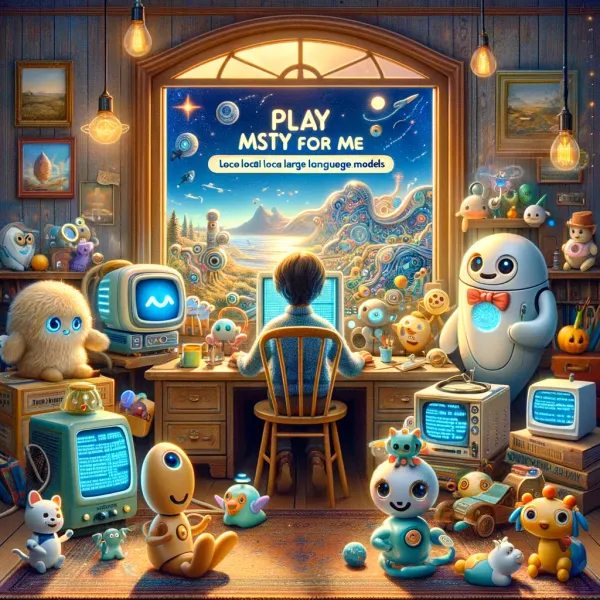The Vision Pro is Apple's First PC

Since its debut on February 2nd, the Vision Pro has dominated discussions across my Twitter feed, podcasts, and YouTube channels. Despite the flood of reviews and analyses highlighting its pros and cons, a consensus emerges: For many, the first version may not justify its investment. However, a recurring critique catches the eye—the Vision Pro's notable difficulty in facilitating shared experiences.
The Sharing Dilemma
Apple's latest innovation lacks the ability to support multiple user profiles, transforming guest mode into a cumbersome affair requiring a full setup with each use. This design choice strikes me as surprisingly user-unfriendly.
The Verge first highlighted this issue
It’s easy to imagine a world where this translates into making the Vision Pro more valuable as a multiuser device. Like a lot of people, I tend to share electronics — my criteria for a good entertainment device include whether my husband will use it, too. I don’t see myself wearing the Vision Pro all day for work, but I could imagine putting one on for a couple of hours to play VR / AR games, then handing it off so he can watch TV on a virtual big screen after I fall asleep. Yet the Vision Pro feels designed to undermine that fantasy at every turn.
Ben Thompson of Stratechery echoed this sentiment during a conversation with Mathew Ball, expressing disappointment over the social implications of the device. He shared,
it’s very striking the feeling that inspired in me where it’s not just disappointment and frustration, it kind of makes me feel like a bad person where it’s like I’ve reserved this fun experience that I’m enthusiastic about, and I can’t share it with you.
The unintended message seems to be, 'This is for me, not for us,' a sentiment that at first glance seems unlikely to have been Apple's intention.
Social Beings in a Digital World
The inherent desire to share experiences is fundamental to our social nature. Yet, Apple's decision renders the Vision Pro paradoxically anti-social in its usability. This raises the question: Why would Apple, a company renowned for its user-centric design philosophy, make such a choice?
A Glimpse into Apple's Philosophy
Apple, originally Apple Computers, has evolved significantly since its founding. Steve Jobs's vision of the computer as a personal tool has influenced decades of product design, focusing on individualized experiences.
Steve Jobs' perspective on Apple Computers' role in building personalized computer devices was deeply rooted in his belief that technology itself was not the end goal but a means to empower people. He famously stated,
Technology is nothing. What's important is that you have faith in people, that they're basically good and smart — and if you give them tools, they'll do wonderful things with them
This philosophy underscored his approach to innovation at Apple, where he prioritized the intersection of technology and the humanities. Jobs believed that by focusing on this intersection, Apple could create products that were not only technologically advanced but also deeply personal and capable of enhancing human creativity and productivity. Under his guidance, Apple consistently pushed the boundaries of what personal computing devices could be, leading to the development of revolutionary products like the iPhone and iPad, which have become integral parts of millions of people's lives worldwide.
The Vision Pro, with its tailored features such as in-person face fittings, a variety of face shields, unparalleled eye-tracking, and prescription lenses, epitomizes the ultimate personal device. It reflects a series of calculated trade-offs to harness current technology while prioritizing the user's individual experience.
Beyond Mac vs. PC
Apple's creation of the Vision Pro transcends the old-school Mac vs. PC debate (h/t to Dingboard for the easy meme in the featured image), offering a device that personalizes computing to an unprecedented level. However, this innovation comes at the cost of shareability, a core aspect of how we interact with technology and each other.
The Vision Pro, while a marvel of personal technology, challenges us to consider the balance between personalized experiences and our innate desire to share those experiences with others.
How do you see devices like the Vision Pro shaping our interactions and relationships in the digital age?




